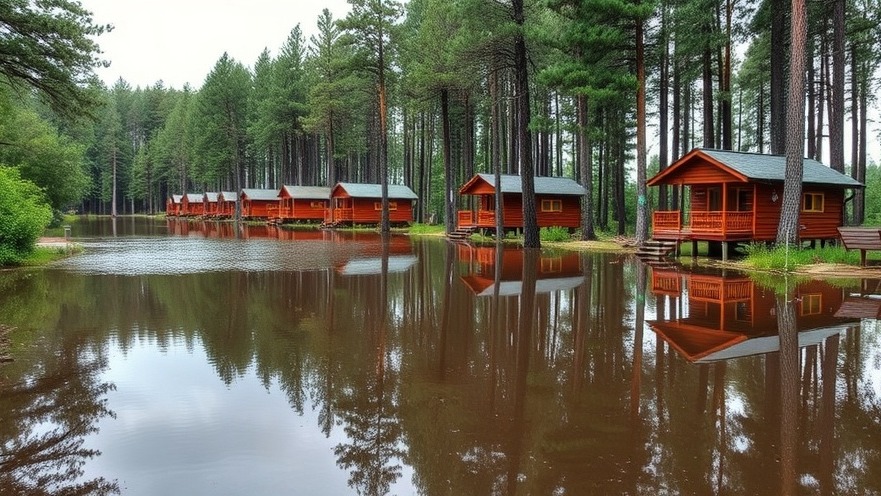
Texas Wildlife Refuge Expansion Halted: A Setback for Conservation
The plans to expand the Muleshoe National Wildlife Refuge, Texas’ oldest wildlife sanctuary established by President Franklin D. Roosevelt in 1935, have been abruptly halted by the Trump administration, much to the dismay of conservationists. Initially, the expansion was intended to grow the refuge from its existing 6,440 acres to an impressive 700,000 acres to protect vital habitats for various wildlife, including the endangered lesser prairie-chicken and other migratory birds.
Why Expansion Was Crucial for Texas Ecosystems
The regional ecosystem in the Texas High Plains is delicate, hosting species like the sandhill crane, which rely on protected grasslands to thrive. The expansion aimed to address the alarming decline of the lesser prairie-chicken population, which has plummeted by 90% since the 1960s. In fact, 2023 saw the lesser prairie-chicken tagged as an endangered species in Texas and New Mexico—a situation that underscores the urgency of habitat conservation.
A Closer Look at the Decision: Who Gains and Who Loses?
As the U.S. Fish and Wildlife Service withdrew its final Land Protection Plan, it cited a commitment to reducing regulatory burdens and ensuring responsible stewardship of taxpayer resources. This decision is touted by some as a necessary step for economic development, aligning with the administration’s goal to “unleash American energy.” However, critics, including local representatives, dubbed the expansion initiative a "land grab," disregarding the voluntary nature of the Biden administration's proposal, which sought to work cooperatively with landowners.
Local Voices and Concerns: A Community Divided
Local residents and conservation advocates are left grappling with the implications of this decision. Mike Leahy, a notable figure in wildlife advocacy, expressed his concerns regarding the uncertain future of species like the lesser prairie-chickens. He emphasized the lengthy preparation and collaboration that had gone into planning the expansion, which is now postponed indefinitely. Local opinions are split; while some see potential economic benefits, others recognize the environmental costs, prompting an essential conversation about the balance between development and conservation.
Conservation’s Role in Protecting Our Environment
The essence of this debate stretches beyond Texas. It reflects a national conversation about the role of conservation in the increasingly urgent battle against biodiversity loss and climate change. If not managed properly, the resultant habitat loss could further endanger not just localized species, but contribute to a wider array of ecological crises.
Future Predictions: What Lies Ahead for Texas Wildlands?
The reversal of the refuge’s expansion may have immediate consequences, but the long-term impacts will depend on how policies evolve in tandem with ecological needs. With climate change’s looming threat, how will policymakers adapt? Will future administrations prioritize wildlife conservation over economic expansion? As regions like the Texas High Plains face increasing pressures, these questions will undoubtedly shape the future landscape of conservation efforts.
A Call for Community Engagement
Communities must engage in dialogues regarding wildlife conservation and advocate for policies that safeguard their natural habitats. The Muleshoe National Wildlife Refuge's situation serves as a reminder of the intricate relationships between development, community interests, and environmental stewardship. By fostering discussions and raising awareness, Texas residents can influence the direction their local governance takes in regard to ecological conservation.
As Texans think about their role in shaping policies that affect their environment, it's crucial to note that conservation isn’t just an abstract notion but a vital, ongoing commitment to protect the diversity and health of the ecosystems that surround them.
 Add Element
Add Element  Add Row
Add Row 



Write A Comment